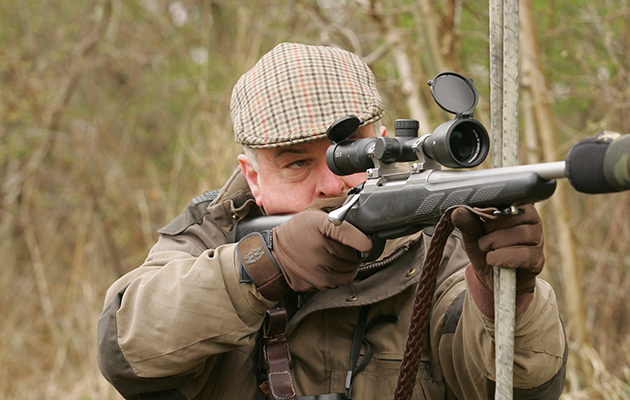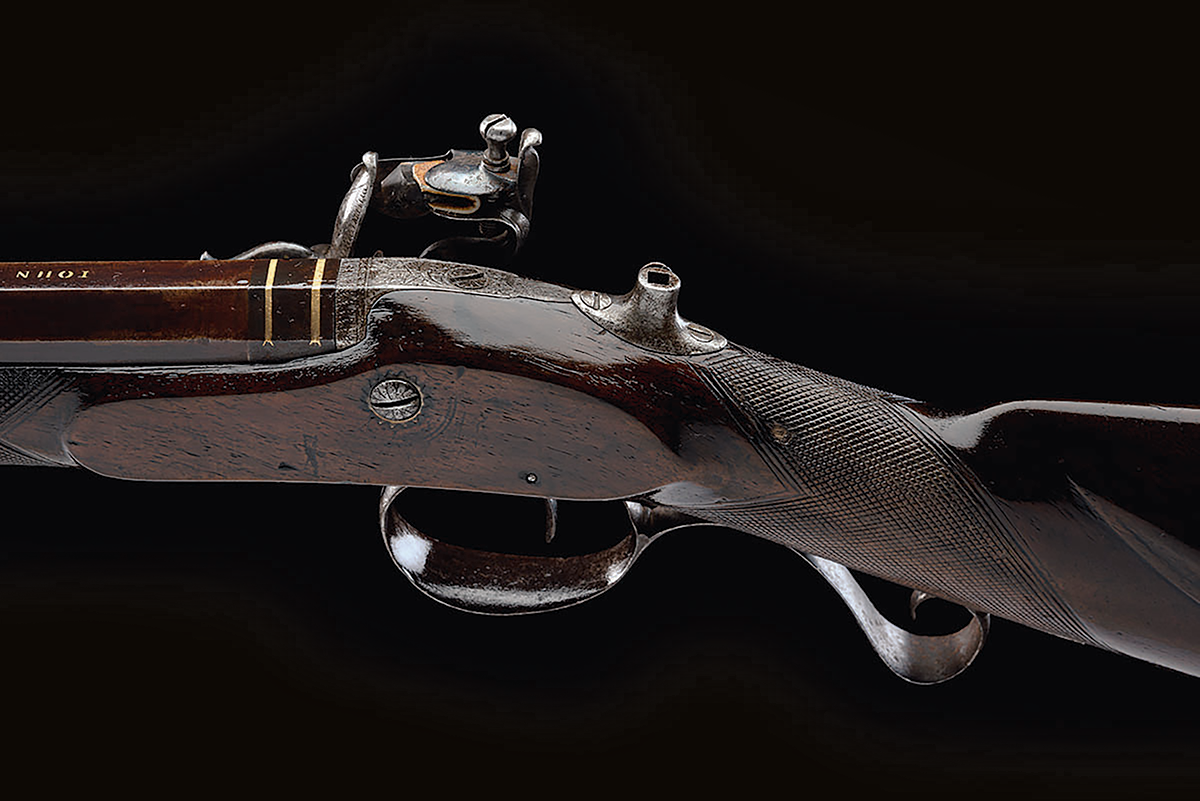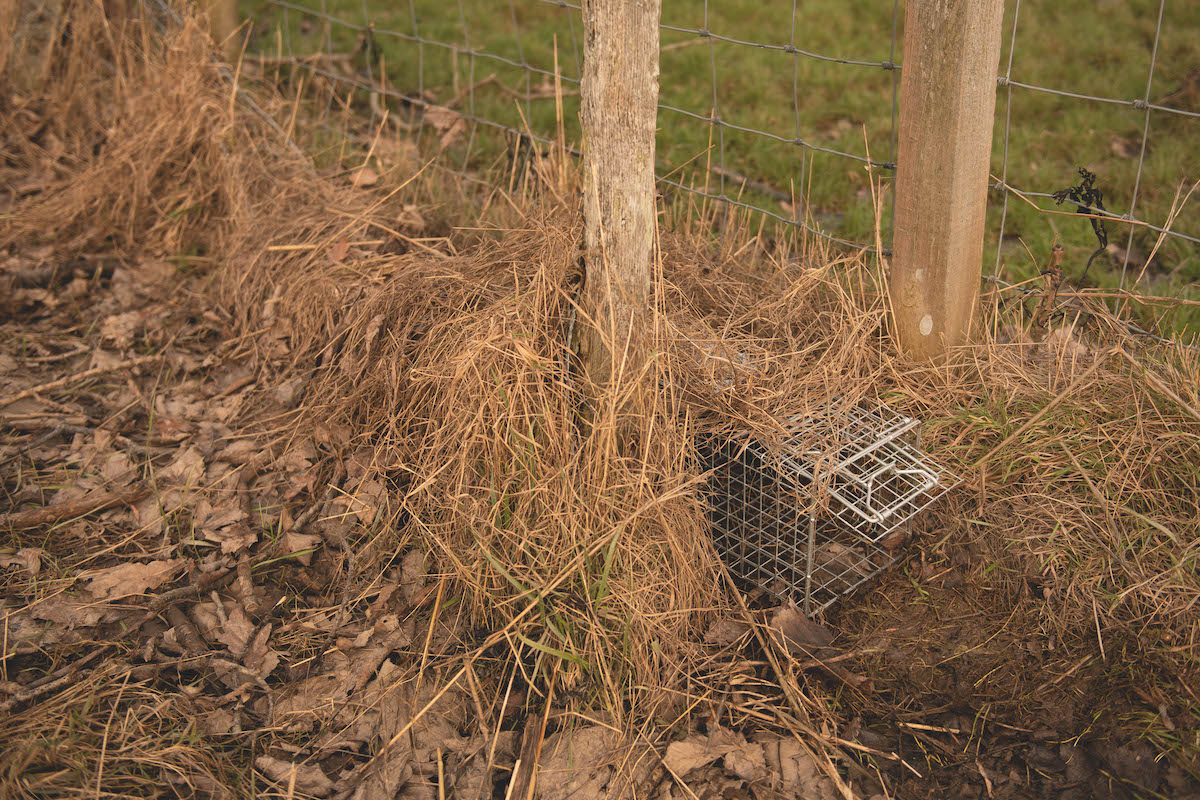What will I lose in velocity if I reduce my barrel length?
The question usually comes about as a result of the quest to create a lighter rifle and keep the overall length manageable when using a sound moderator.

As for velocity loss, there are factory-set guidelines at differing velocities, but these seldom reflect the diverse range of calibres most shooters encounter. Each barrel’s unique internal dimensions will also affect a bullet’s flight, not only in terms of accuracy, but also of bullet acceleration and retardation.
Bullet weight, shape and material, as well as the burn rate of the propellant used, have an enormous effect on a bullet’s velocity. I decided the best way of measuring the velocity drop was to cut a few barrels and measure it myself.
I chose two calibres from either end of the velocity spectrum to give a clear idea what was actually happening.
Setting up the kit, RPA, the rifle manufacturers from Tonbridge, Kent, kindly donated two barrels for test – one in .223 and the other in .308. This would give me a small-calibre fox cartridge that doubles as a roe deer round in Scotland, while the .308 is an industry standard deer calibre.
Keeping things simple, I decided to use factory ammunition to reflect an average velocity, but soon realised I needed to use reload data as well. Only velocity loss would be measured, as to quantify accuracy change at the differing barrel lengths would involve the lengthy task of having to re-crown the muzzle after each length-reduction, though I did deburr the cut.
Testing with both factory ammunition and reloads
To cater for all shooters’ opportunities, I wanted to try this test with both factory ammunition and reloads. You have to remember most factory ammunition is loaded for the average rifle, so it stands to reason that shot-to-shot velocity consistency is often not as good as that of tailor-made reloads. Initially, therefore, I put the 24in barrel lengths to test by shooting a string of five shots, repeating this twice for both reloads and factory ammunition, then analysing the results.
It was instantly obvious that both the .223 and .308 factory ammunition showed a wide range of velocity.
The .223 Remington 50-grain Accutips averaged a velocity of 3,425fps, but had a range of 120fps between the lowest and highest velocities, while the Norma 50-grain V-Max averaged 3,515fps and had a velocity range of 80fps, which would make pinpointing the actual loss in velocity-per-inch reduction a bit tricky.
Consequently, I made a reload to shrink the velocity range to a minimum and ended up with a 52-grain Speer bullet travelling at 3,402fps from the 24in RPA barrel length, using 24.5 grains of Vit N133 powder. More importantly, the velocity range was a mere 31fps and so very consistent.The same rationale was used for the larger .308 calibre test barrel.
I used factory ammunition, utilising the standard .308 bullet weight of 150 grains and settled on the Federal Power Shok, which generated 2,914fps and 2,830ft/lb of energy, but had a velocity range of 71fps. A reload to reduce the overall velocity range and increase consistency was generated with the aid of the excellent PC-based Quick Load ballistics programme, so I had a Sierra 150-grain Game King travelling at 2,905fps, almost the same as the factory fodder but with an overall range of only 27fps, thus reducing the window for inch-loss analysis of the barrel reduction.
Taking a hacksaw to the barrels was daunting
Barrel reduction was actually easy, if daunting at first: the RPAs shot groups of less than 0.5in – from the off taking a hacksaw blade to barrels of that quality and accuracy was a little difficult. However I had soon measured out inch increments in order to aid cutting, with the barrel supported in a Ken Farrel barrel vice.
As I mentioned, it was only velocity reduction, not accuracy, that was being recorded, so a simple deburring of the sensitive muzzle and crown areas was undertaken between each cut. To measure the muzzle velocity of each calibre as the test progressed, a five-shot string was recorded over a chronograph for every inch of barrel reduction.
You will immediately see the correlation between the predicted computer-generated data and the real-world experiment. Taking into account the vast variances of the differing barrel makes and their internal dimensions, the results were really good and, to my mind, highly valid.
Conclusions
Take the .223 calibre test first: 3,402fps velocity from a 24in barrel is a good starting point a good varmint/fox load and also, for Scotland, a legal roe deer load, generating 1,337ft/lb energy. Reducing the barrel, inch by inch, to 20in only loses 149fps, very little in practical terms, yet it brings real benefits as far as weight reduction and overall length are concerned. Taking an extra 2in off results in an exceedingly ‘trim’ rifle, though you do start to notice an increase in muzzle blast.
At 18in, the 3,185 fps velocity and 1,171ft/lb energy is only 217fps short of the initial velocity – so what does that mean to a fox shooter or stalker of Scottish roe?
Well, zeroed at 100 yards with the starting velocity, you are -2.1in low at 200 yards and -9.5in low at 300 yards. No problems there, but what about with the shorter 18in barrel?
A reduction of 217fps equates to a zero of 100 yards, a drop of -2.5in at 200 yards and -11.3in at 300 yards. At 200 yards, therefore, there is only a -0.4in difference, and at 300 yards only a -1.8 difference.
All very encouraging, but how would the venerable .308 deer round fare?
The 150-grain Sierra Game King, starting out at 2,905fps, generates 2,812ft/lb energy and only suffers a 157fps loss for a barrel reduction of 6in. That seems very efficient to me and certainly justifies reducing a .308 barrel to 18in, as there is little loss in velocity. Muzzle blast may increase, but a sound moderator will take care of that, replacing the length and weight of the rifle before it got the ‘chop’ and adding all the benefits of its inclusion.
With regard to trajectory, a zero at 100 yards for the 24in velocity yielded a drop at 200 yards of -2.9in and -11.9in at 300 yards. Reduction of the barrel to 18in with a 100-yard zero gives a drop at 200 yards of -3.7in and at 300 yards of only -14.4in. Look at the figures below: does that really make a difference, especially when most deer are shot at 100 yards or less?
There may be a few downsides as the barrel is reduced, such as increased muzzle blast, but smart reloading of faster powders can make up for the velocity loss, though watch out for the pressure increases. The Quick Load programme (available from JMS Arms, tel 07771 962121) is an invaluable tool for this.
Conclusion
What will be of real significance for stalkers or fox shooters was the total weight of each barrel segment removed.
I calculated a weight loss of 371.8g for the .223 barrel and 337.9g for the .308 barrel. That’s a lot of weight reduction for a little loss of muzzle velocity.
More importantly, that weight loss could be substituted for a moderator, to gain sound reduction. In fact, the excellent PES 32mm muzzle can, which I use regularly and is a real gem, weighs only 350g.
I did have each barrel professionally recrowned and threaded for a PES moderator and, apart from impact shift, the accuracy remained the same as for the initial tests with the 24in barrel lengths.







